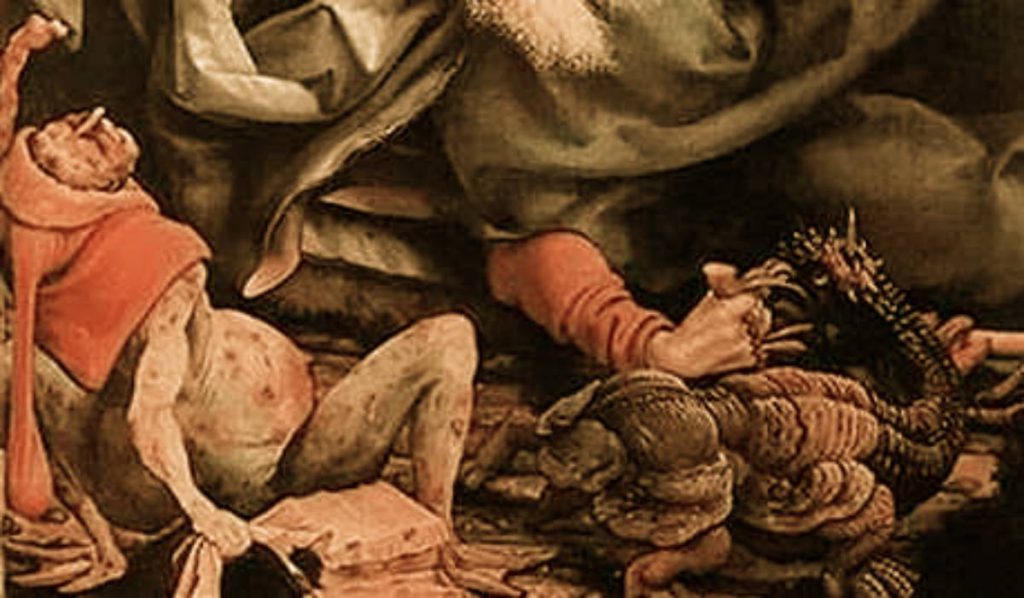A 53-year-old male patient presented to the hospital with a 7-day history of bilateral and symmetrical anaesthesia of the fingers. The patient also complained of cyanosis of the right thenar eminence with a general feeling of weakness and intense burning pain. His past medical history revealed that he had been taking ergomatic preparations since his youth for migraine. Moreover, had been taking the medication up until he was admitted to the hospital. Physical examination and history of the patient ruled out the possibility of vasculitis. Vasculitic, kidney, liver and protothrombic pathologies were absent.
Angiography segmented stenosis of the upper and lower limbs, thus reduced blood flow. A diagnosis of ergotism was suspected since the patient was taking ergotamine for migraine headache.
Ergotism
Ergotism occurs when a poisonous compounds made by a fungus called Claviceps purpurea is either ingested through contaminated grain, for example, rye or with use of medication derived from ergotamine compounds. The medications containing ergot alkaloids (produced by the poisonous compound C. purpurea), which since recent times have been used for controlling postpartum haemorrhage, treatment of vascular headaches and migraine.
Also known as St. Anthony’s fire, the name of the disease is derived from medieval Benedictine monks. The name was dedicated to that saint who offered ergotamine treatment to sufferer’s. The “fire” element is in reference to the intense burning pain the medication causes.

For treatment, the ergotaminic agents were withdrawn and the patient was prescribed nifedipine for headaches. By the next follow up, the symptoms abated and physical examination revealed no abnormalities. If symptoms are intense, patients are also prescribed vasodilators for the treatment of ergotism.
References
Ruano-Calderón, L. A., & Zermeño-Pohls, F. (2005). Ergotism. A case report and review of the literature. Revista de neurologia, 40(7), 412-416.




